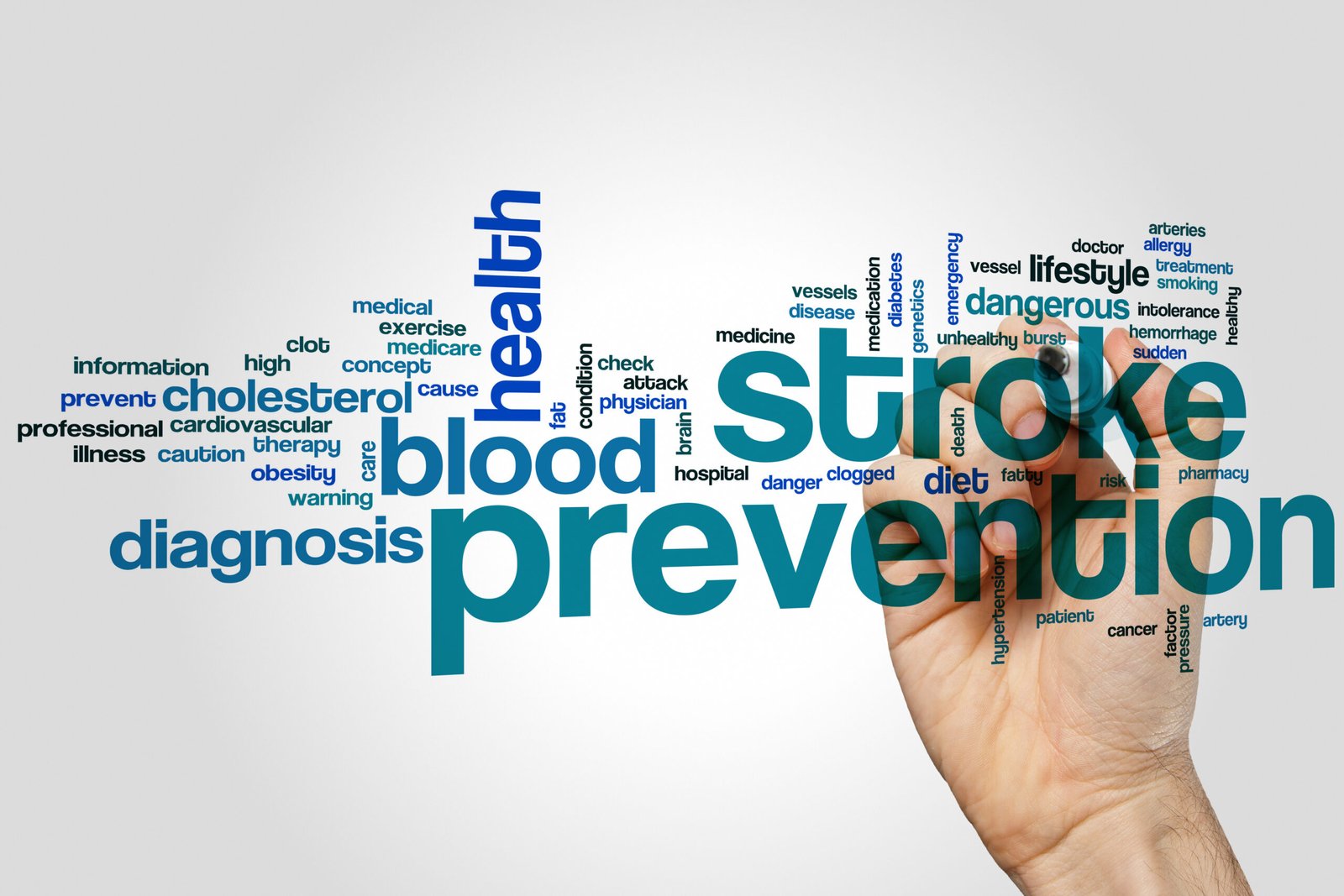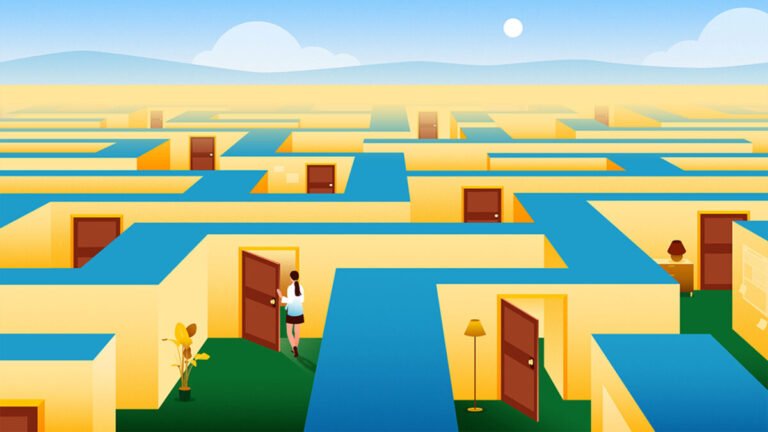Understanding Stroke: Symptoms, Causes, and Prevention Strategies for Young People
Stroke is often perceived as a condition that primarily affects older adults, but recent trends show a disturbing rise in stroke cases among young people. This article delves into the symptoms, reasons behind this alarming trend, and essential preventive measures, featuring insights from medical professionals and real-life stories.
1. What is a Stroke?
A stroke occurs when the blood supply to a part of the brain is interrupted or reduced, preventing brain tissue from getting the oxygen and nutrients it needs. This leads to brain cells dying within minutes. There are two main types of stroke: ischemic (caused by a blockage in an artery) and hemorrhagic (caused by a burst blood vessel).
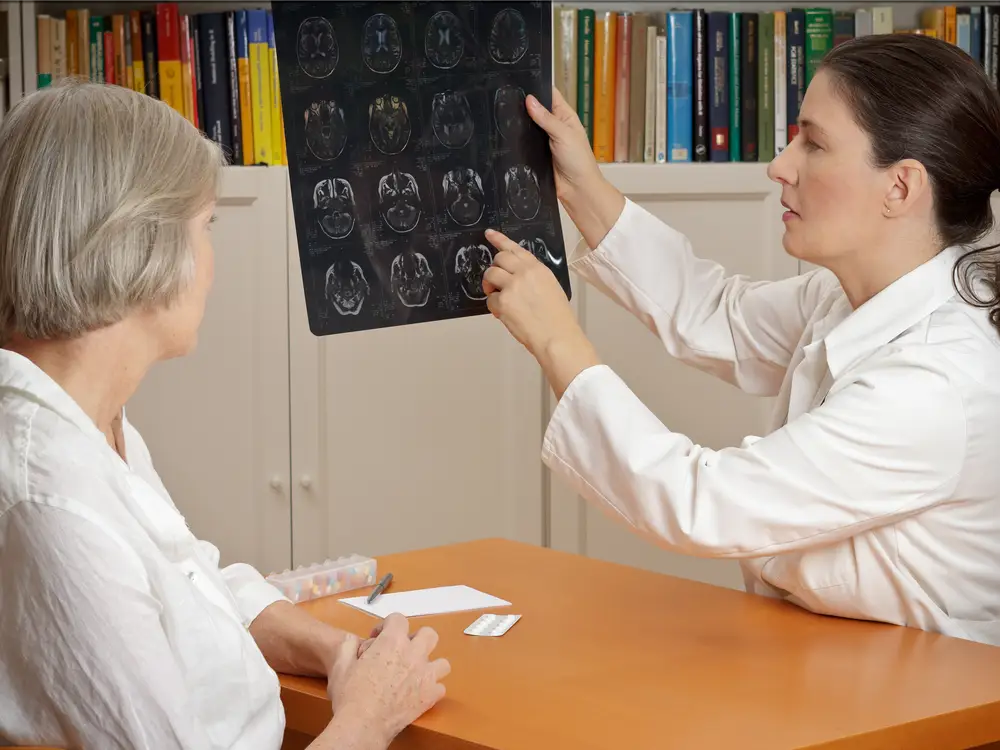
2. Symptoms of Stroke: Recognizing the Warning Signs
Quick recognition of stroke symptoms is crucial. The acronym FAST can help:
- F – Face Drooping: One side of the face may droop or feel numb.
- A – Arm Weakness: One arm may feel weak or numb; difficulty in lifting arms is a common sign.
- S – Speech Difficulty: Slurred speech, difficulty understanding speech, or inability to speak.
- T – Time to Call Emergency Services: If you notice these symptoms, call emergency services immediately.
Additional Symptoms:
- Sudden confusion, trouble seeing, or loss of vision in one or both eyes.
- Sudden severe headache with no known cause.
- Sudden trouble walking, dizziness, or loss of balance.
3. Real-Life Story: A Young Survivor’s Journey
Meet Sarah Thompson, a 32-year-old marketing professional who never imagined she would suffer a stroke. “I was fit, active, and had no major health issues,” Sarah recalls. However, during a work meeting, she suddenly felt dizzy, her vision blurred, and she couldn’t lift her right arm. “I thought it was just stress or exhaustion,” she says, but it was a stroke caused by an undiagnosed heart condition. Sarah’s story highlights the importance of recognizing symptoms early and the need for regular health check-ups, even for young, seemingly healthy individuals.
4. Why Are Young People Experiencing Strokes?
While strokes are traditionally associated with aging, factors contributing to strokes in younger people are complex and varied. According to Dr. Amy Towfighi, a neurologist at the University of Southern California, “The rise in strokes among younger adults is concerning, and it’s largely driven by lifestyle factors and untreated health conditions.”
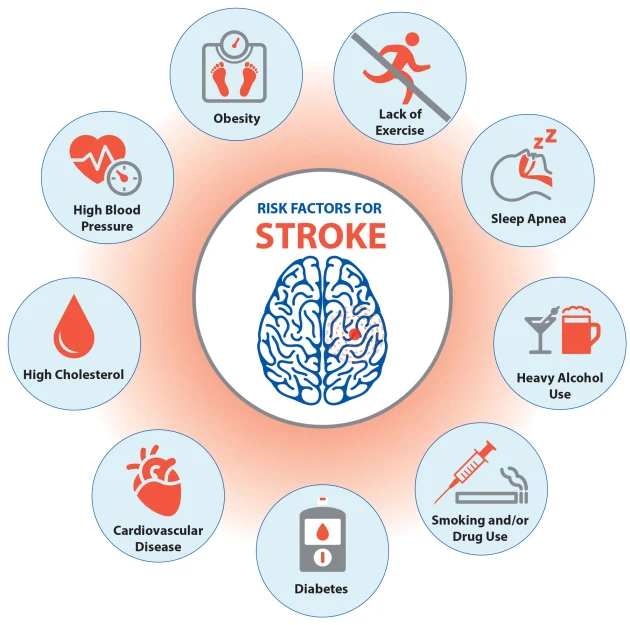
Key Reasons:
- Lifestyle Factors: Unhealthy diet, lack of exercise, smoking, and excessive alcohol use can significantly increase stroke risk. These habits are increasingly prevalent among young adults.
- Chronic Conditions: High blood pressure, high cholesterol, diabetes, and obesity are often undiagnosed or poorly managed in younger individuals, raising the risk of stroke.
- Stress and Mental Health: Chronic stress and untreated mental health conditions like depression and anxiety have been linked to an increased stroke risk due to their impact on heart health. “Stress isn’t just an emotional state; it’s a physical risk factor,” notes Dr. Mark Fisher, a neurologist at UC Irvine.
- Drug Use: The use of recreational drugs, including cocaine and amphetamines, is a known risk factor for stroke among young adults.
- Genetic Factors: Family history of stroke or cardiovascular diseases can predispose young people to stroke.
5. How Young People Can Prevent Strokes
Prevention is key, and lifestyle changes can make a significant difference. Here are evidence-based strategies to reduce stroke risk:
a. Adopt a Heart-Healthy Diet
A balanced diet rich in fruits, vegetables, whole grains, lean proteins, and healthy fats can lower blood pressure and cholesterol levels. Avoiding processed foods, excessive salt, and sugary beverages is also crucial. Dr. David Spence, a stroke prevention expert at Western University, advises, “Reducing sodium intake and increasing potassium-rich foods like bananas and spinach can significantly reduce stroke risk.”
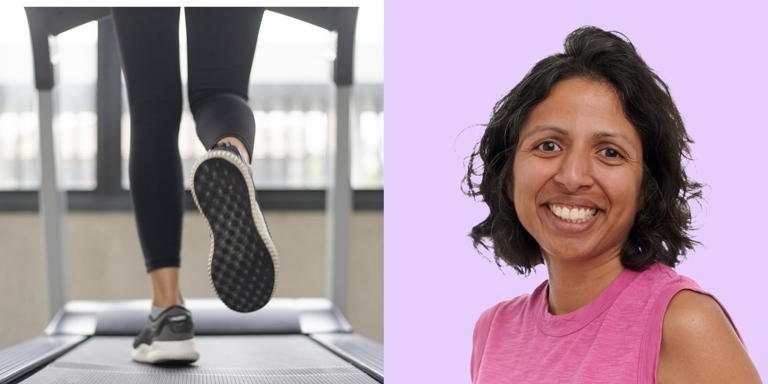
b. Stay Active
Regular physical activity—at least 150 minutes of moderate exercise per week—can help maintain healthy weight, lower blood pressure, and improve overall cardiovascular health.
c. Avoid Smoking and Limit Alcohol
Smoking damages blood vessels and raises stroke risk, while excessive alcohol intake can lead to high blood pressure and other cardiovascular issues. Quitting smoking and moderating alcohol consumption are essential steps in stroke prevention.
d. Manage Chronic Conditions
Regular health check-ups are vital for monitoring blood pressure, cholesterol, and blood sugar levels. Managing conditions like hypertension and diabetes through medication and lifestyle changes is critical.
e. Stress Management
Learning to manage stress through techniques such as mindfulness, yoga, or therapy can help improve overall well-being and reduce stroke risk. “Mindfulness techniques can lower cortisol levels and blood pressure, directly reducing stroke risk,” says Dr. Samantha Reynolds, a clinical psychologist specializing in stress management.
f. Avoid Recreational Drugs
Abstaining from recreational drugs, especially those that can elevate heart rate and blood pressure, is essential for stroke prevention.
g. Use Technology to Monitor Health
Leverage health apps and wearable devices to track your physical activity, heart rate, and stress levels. Devices like Apple Watch or Fitbit can send alerts for irregular heart rates, prompting timely medical consultation.
6. Early Diagnosis and Regular Check-ups are Critical
Early diagnosis of risk factors such as hypertension, high cholesterol, and irregular heart rhythms (like atrial fibrillation) can be lifesaving. Regular health screenings are essential, especially if you have a family history of cardiovascular issues.
7. Post-Stroke Recovery and Support Systems
If a stroke occurs, prompt medical treatment followed by rehabilitation is crucial. Physical therapy, speech therapy, and lifestyle adjustments are key components of recovery. Support groups and counseling can provide emotional and psychological support to survivors and their families.
8. Expert Recommendations and Resources
Dr. Sarah Lee, a cardiologist specializing in young adult cardiovascular health, states, “Early intervention and awareness can drastically reduce the likelihood of stroke. It’s about making conscious, healthy choices every day.” For further guidance, consult resources like the American Stroke Association and consider talking to a healthcare provider for personalized advice.
9. Further Reading and Resources:
- American Heart Association: Life’s Essential 8 – For heart and brain health tips.
- CDC Stroke Resources – Information on stroke symptoms, prevention, and treatment.
- National Stroke Association – Offers support and resources for stroke survivors and caregivers.
Conclusion
Strokes are preventable, and young adults must be aware of the risks and take proactive steps to safeguard their health. By recognizing symptoms, understanding risk factors, and embracing a healthier lifestyle, young people can significantly reduce their chances of experiencing a stroke. Early awareness and action can save lives.
for more visit
